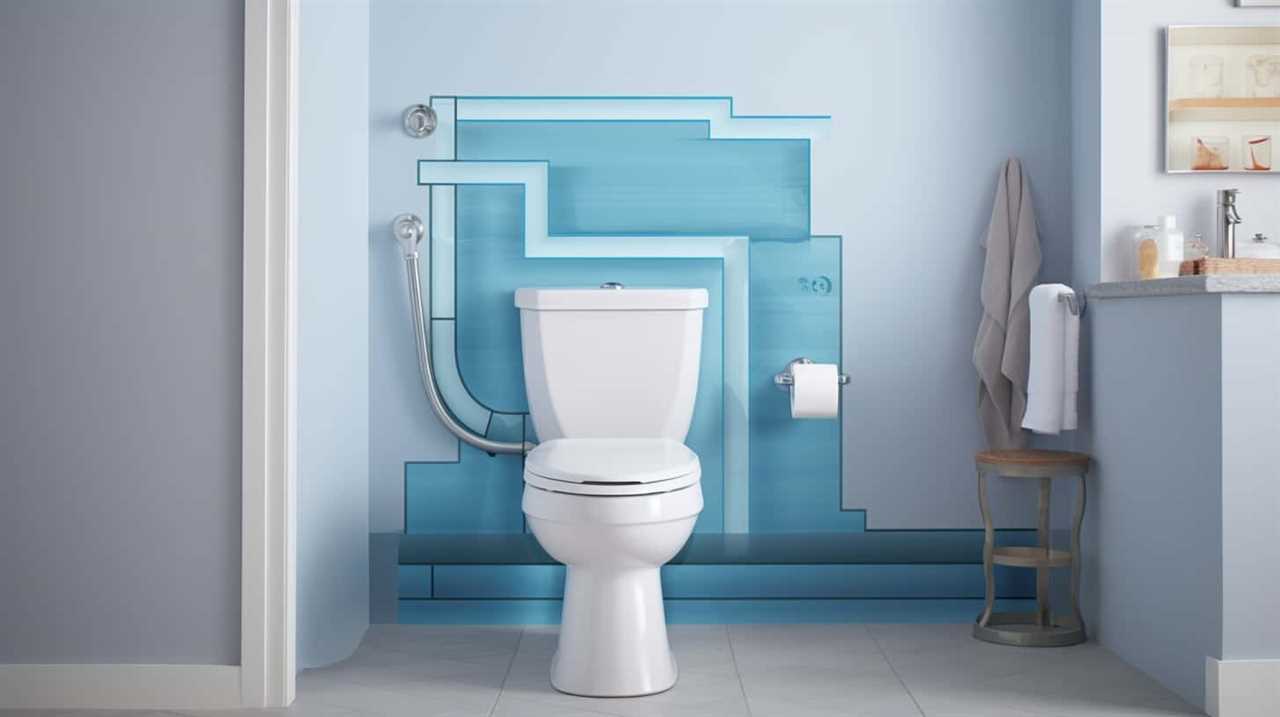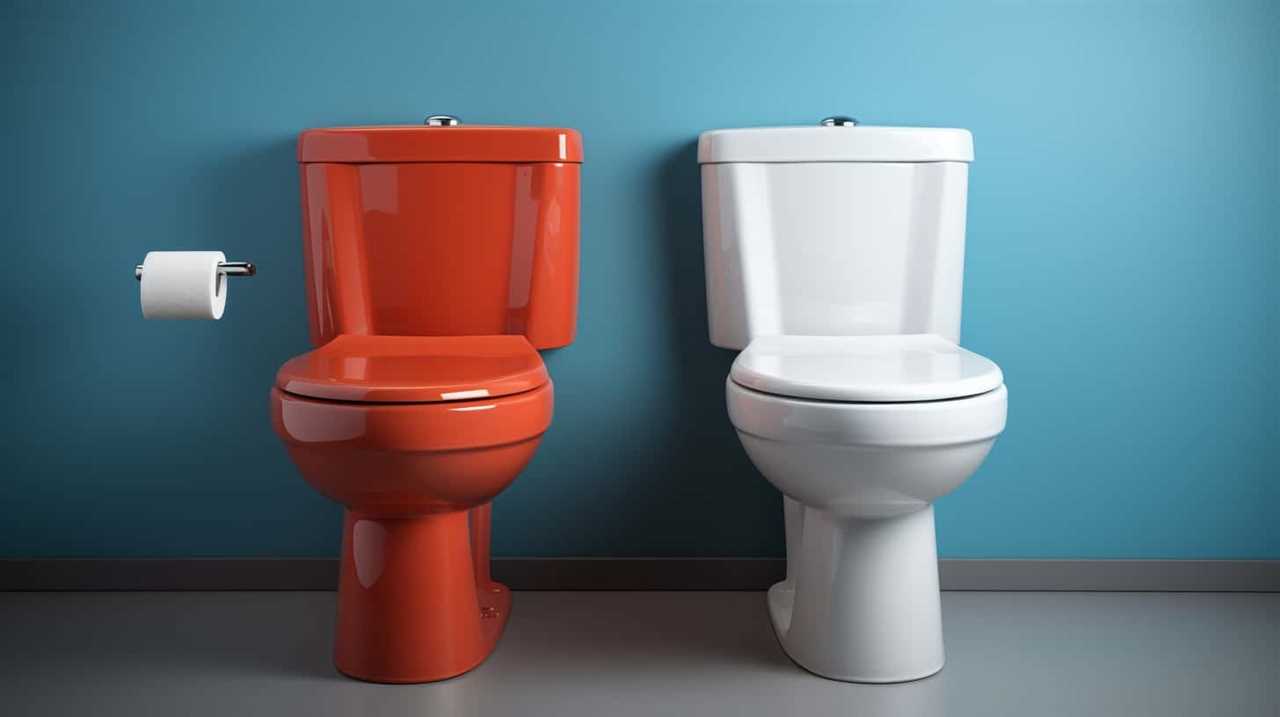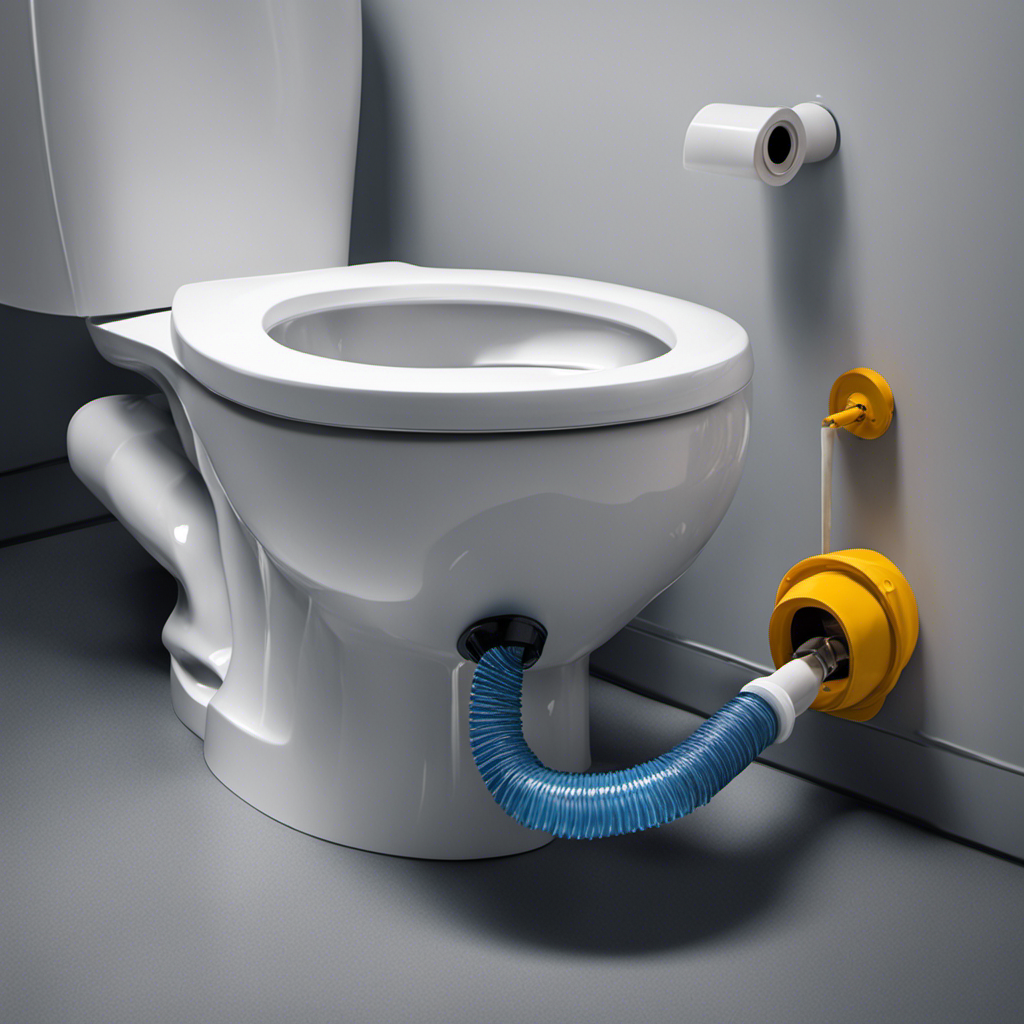Did you know that every day, millions of people flush kitchen tissue down their toilets without realizing the potential risks and environmental impact?
In this article, we will explore why flushing kitchen tissue is a concern and provide you with environmentally-friendly alternatives and proper disposal methods.
So, join us as we dive into the facts and learn how to make more informed choices when it comes to managing kitchen tissue waste.
Let’s protect our environment together!
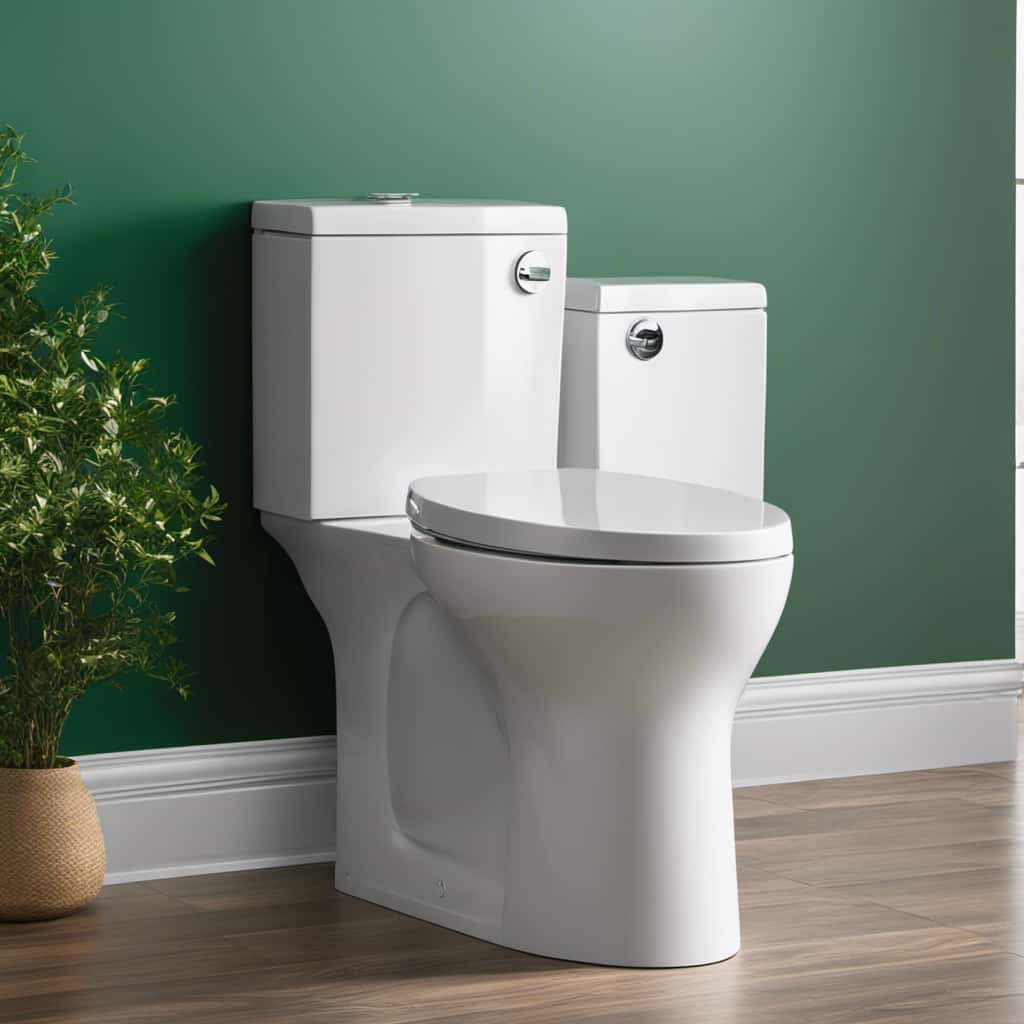
Key Takeaways
- Flushing kitchen tissue can clog sewer pipes and lead to costly repairs.
- Kitchen tissue tends to accumulate in pipes, forming blockages that restrict water flow.
- Kitchen tissue is biodegradable but not designed to break down quickly in water.
- Using reusable alternatives to kitchen tissue can help reduce waste and promote sustainability.
Why Flushing Kitchen Tissue Is a Concern
Flushing kitchen tissue is a concern due to the potential for clogging sewer pipes. Not only can it lead to costly repairs, but it can also have potential health hazards and impact on plumbing systems.
When kitchen tissue is flushed down the toilet or disposed of in the sink, it tends to accumulate in the pipes, forming blockages that restrict the flow of water. These blockages can cause backups, leaks, and even burst pipes, resulting in expensive repairs.
Moreover, kitchen tissue isn’t designed to break down easily in water like toilet paper. As a result, it can remain intact in the sewer system for longer periods, exacerbating the clogging issue.
It’s important to dispose of kitchen tissue in the trash to avoid these plumbing problems and maintain a healthy, functioning sewer system.
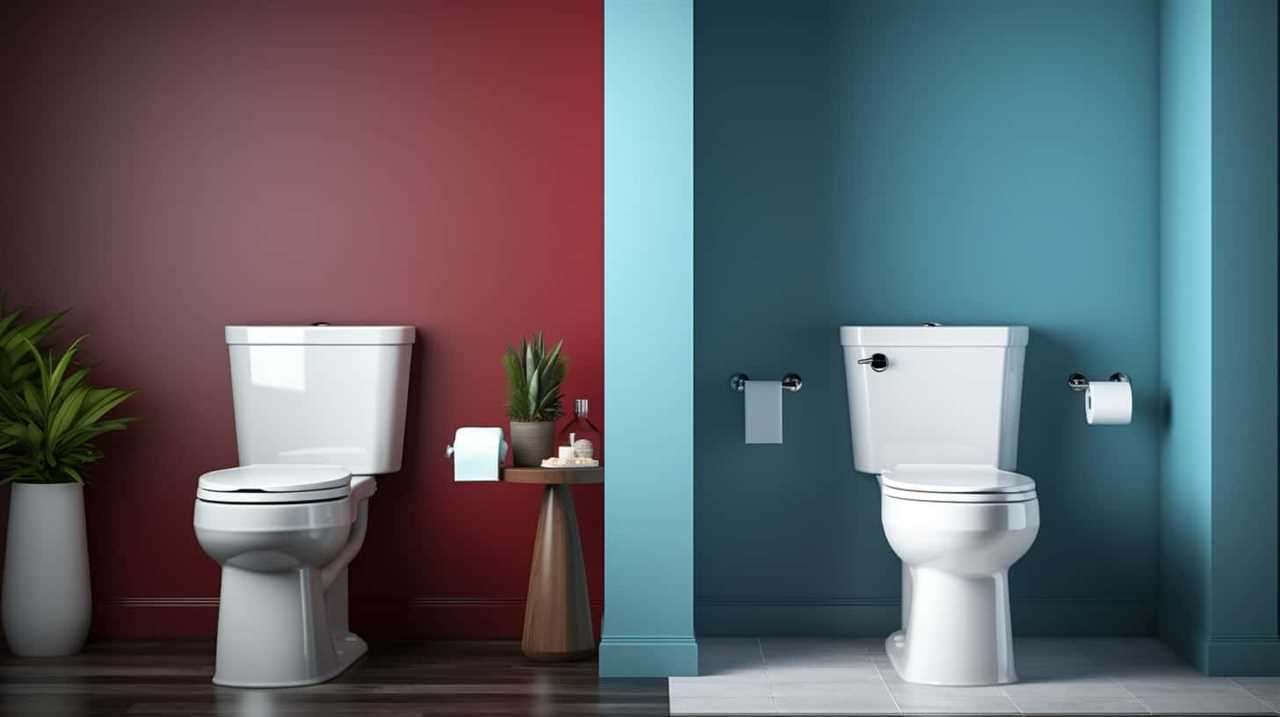
Understanding the Composition of Kitchen Tissue
When considering the potential issues with flushing kitchen tissue, it’s important to understand the composition of this material. Kitchen tissue, commonly known as paper towels, is made through a manufacturing process that involves the following steps:
- Pulping: Wood fibers are broken down into a pulp using chemicals or mechanical means.
- Formation: The pulp is spread out onto a wire mesh to create a thin sheet of paper.
- Drying: The sheet is then dried to remove moisture and increase its strength.
Kitchen tissue is designed to be absorbent and durable, which makes it useful for cleaning up spills and messes in the kitchen. However, it’s crucial to note that while kitchen tissue is biodegradable, it isn’t designed to break down quickly in water.
Flushing it down the toilet can lead to clogs and blockages in plumbing systems. Therefore, it’s best to dispose of kitchen tissue in the trash to avoid potential issues.
The Potential Risks of Flushing Kitchen Tissue
One potential risk of flushing kitchen tissue is that it can cause clogs and blockages in plumbing systems. When kitchen tissue is flushed down the toilet or washed down the sink, it can accumulate in the pipes and create a barrier, preventing the flow of water. This can lead to plumbing problems such as slow drains, backups, and even burst pipes.
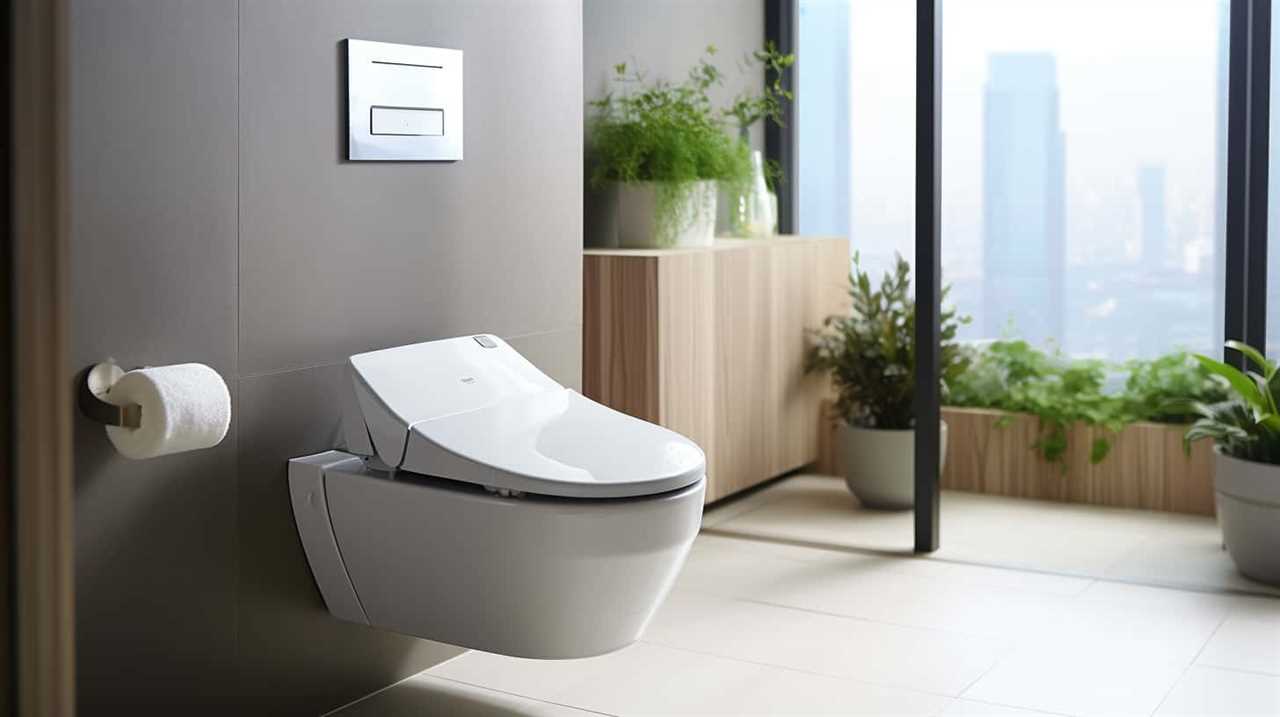
To better understand the risks associated with flushing kitchen tissue, let’s take a look at the following table:
| Risks of Flushing Kitchen Tissue |
|---|
| Clogs and blockages in plumbing systems |
| Slow drains |
| Backups |
| Burst pipes |
As you can see, there are various potential issues that can arise from flushing kitchen tissue. To avoid these plumbing problems, it is best to dispose of kitchen tissue in the trash rather than flushing it down the toilet or sink.
Environmentally-Friendly Alternatives to Flushing Kitchen Tissue
To avoid the potential risks of clogs and blockages in plumbing systems, we can explore environmentally-friendly alternatives to flushing kitchen tissue. Here are three reusable options that can help reduce waste:
- Cloth towels: Instead of using paper towels or kitchen tissue, opt for cloth towels that can be washed and reused. They’re durable, absorbent, and can be used for various tasks in the kitchen.
- Reusable napkins: Replace disposable paper napkins with reusable cloth napkins. They come in different designs and are easy to clean, making them a sustainable choice for reducing waste.
- Silicone food covers: Instead of using plastic wrap or aluminum foil to cover leftovers, consider using silicone food covers. They’re reusable, heat-resistant, and can be easily cleaned, reducing the need for disposable kitchen tissue.
Proper Disposal Methods for Kitchen Tissue
Flushing kitchen tissue requires proper disposal methods to prevent plumbing issues and maintain a healthy environment. When it comes to disposing of kitchen tissue, it’s important to follow disposal regulations to ensure proper waste management.

In many areas, kitchen tissue is considered a solid waste and should be disposed of in the trash. It isn’t recommended to flush kitchen tissue down the toilet as it can cause blockages and clog the plumbing system.
Alternatively, kitchen tissue can be composted if it’s made from biodegradable materials. Composting options provide an environmentally-friendly way to dispose of kitchen tissue by turning it into nutrient-rich soil.
Frequently Asked Questions
Can Toilet Paper Be Used as a Substitute for Kitchen Tissue?
Toilet paper can be used as a substitute for kitchen tissue, but there are pros and cons. It may be softer, but it may not be as absorbent or durable. Consider the specific needs of your kitchen before deciding.
Is It Safe to Flush Paper Towels Down the Toilet?
Proper disposal methods for kitchen tissue include throwing it in the trash. Alternatives to flushing kitchen tissue are using reusable cloths or paper towels that can be composted or thrown away.

Can Flushing Kitchen Tissue Cause Plumbing Problems?
Flushing kitchen tissue can lead to serious plumbing consequences. It’s important to remember that proper disposal methods exist for a reason. Let’s avoid unnecessary clogs and keep our pipes flowing smoothly!
Are There Any Health Risks Associated With Flushing Kitchen Tissue?
There are potential health concerns associated with flushing kitchen tissue, as it can lead to plumbing problems and blockages. It is important to use proper disposal methods to avoid these issues.
Can Flushing Kitchen Tissue Harm the Environment?
Flushing kitchen tissue can have a harmful impact on the environment. It is not biodegradable and can clog pipes and sewage systems. It is essential to use biodegradable alternatives to minimize our ecological footprint.
Conclusion
In conclusion, it’s important to avoid flushing kitchen tissue down the toilet due to the potential risks it poses to both our plumbing systems and the environment.

The composition of kitchen tissue makes it prone to clogging pipes and causing blockages.
Instead, opt for environmentally-friendly alternatives and dispose of kitchen tissue properly in the trash.
So, why risk it? Let’s make responsible choices for the sake of our homes and the planet.
